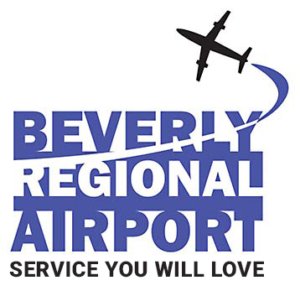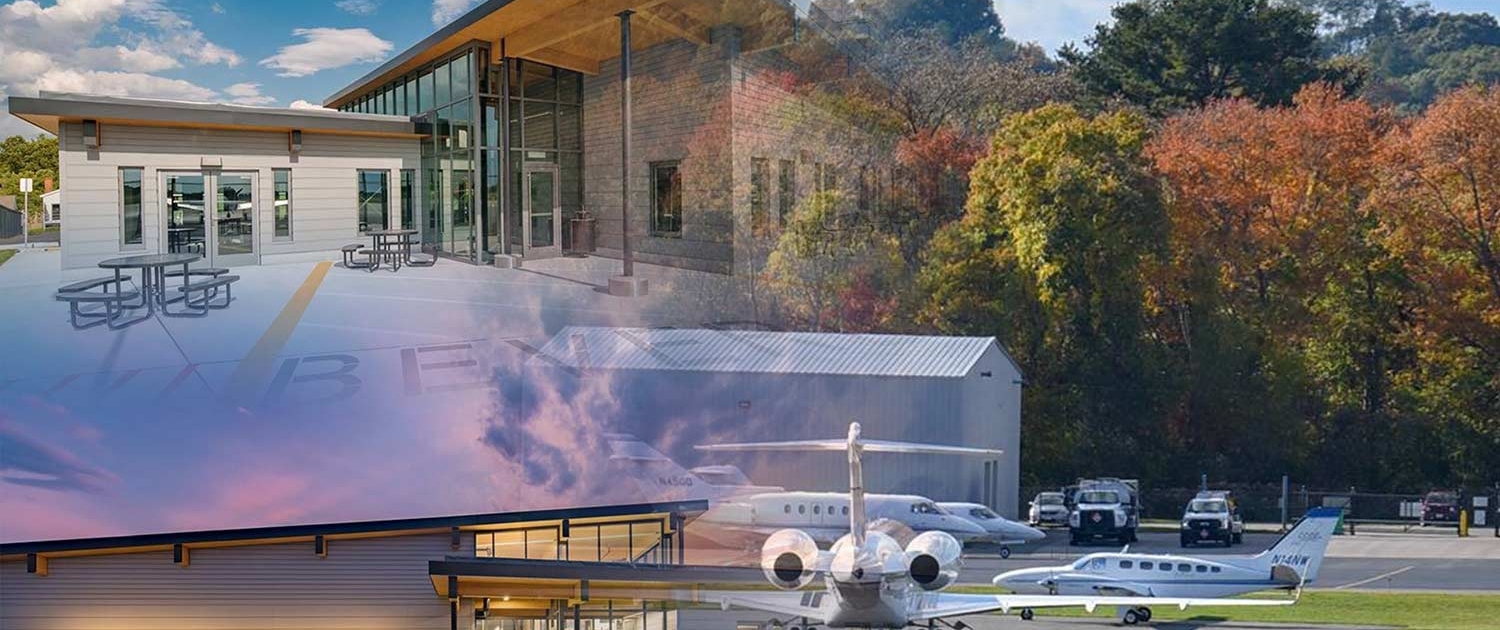Beverly Airport values their neighboring community and wishes to maintain good relations.
This positive relationship will continue to benefit us all. Pilots work hard to enhance and build good relations with fellow aviators. This practice is not exclusive to those who share our passion for aviation but includes the neighbors of Beverly Airport. We strive to educate the pilot community on the Beverly Airport voluntary noise abatement procedures. And, our goals are to always be considerate and concerned about our neighboring community.
Working together: FAA, Airports & communities
Over the last 40 years, the U.S. Federal Aviation Administration (FAA) has been working to reduce the number of Americans exposed to aviation noise around airport communities. By one measure, it has been a success: over the last four decades, the number of people in the U.S. exposed to aviation noise has dropped substantially, even as the number of flights has soared.
Almost 2.6 million passengers fly in and out of U.S. airports every day. Aviation supports 10.6 million American jobs, and moved 39.9 billion pounds of freight in 2016.
The National Business Aviation Association (NBAA) is the leading organization for companies that rely on general aviation aircraft to help make their businesses more efficient, productive and successful.
The Aircraft Owners and Pilots Association is a Frederick, Maryland-based American non-profit political organization that advocates for general aviation.
It is understood that safety considerations, weather and FAA rules may at times require deviation from these voluntary noise abatement procedures. Safety is always PARAMOUNT.
FAA Safety
The Federal Aviation Administration (FAA) and industry are working on a number of key initiatives to improve general aviation (GA) safety: the GA Joint Steering Committee (GAJSC), Equip 2020 for ADS-B Out, new Airman Certification Standards (ACS), streamlining aircraft certification, the Got Data? External Data Initiative, and the Fly Safe outreach campaign on Loss of Control.
The United States has the largest and most diverse GA community in the world, with more than 220,000 active aircraft, including amateur-built aircraft, rotorcraft, balloons, and highly sophisticated turbojets. By working together, and focusing on data driven solutions, government and industry are making a difference to put the right technologies, regulations, and education initiatives in place to improve safety.
The FAA’s goal was to reduce the GA fatal accident rate by 10% over a 10-year period (2009-2018). Inflight loss of control – mainly stalls – accounts for the largest number of GA fatal accidents.
The FAA and industry are focused on reducing general aviation accidents by primarily using a voluntary, non-regulatory, proactive, data-driven strategy to get results— similar to the strategy the FAA uses in commercial aviation.
Click here to read more about the FAA Aviation Safety Action Program. For general aviation and recreational aircraft safety, click here.
Contact a FSDO for
- Low-flying aircraft
- Accident Reporting
- Air carrier certification and operations
- Aircraft maintenance
- Aircraft operational issues
- Aircraft permits
- Airmen certification (licensing) for pilots, mechanics, repairmen, dispatchers, and parachute riggers
- Certification and modification issues
- Enforcement of Airmen & Aircraft Regulations
- Illegal Air Charter
Aviation Noise Ombundsman – The FAA’s Aviation Noise Ombudsman serves as a public liaison for issues about aircraft noise questions or complaints.
National Contact information
Federal Aviation Administration,
Aviation Noise Ombudsman, AEE-2
800 Independence Ave. S.W.
Washington, DC 20591
Email: 9-AWA-NoiseOmbudsman@faa.gov
Local Contact information
Federal Aviation Administration,
Aviation Noise Ombudsman
1200 District Avenue
Burlington, MA
Email: 9-ANE-NOISE@faa.gov
To report more accurately and easily, consider using a phone app to identify aircraft FlightTracker or online resource such as flightaware

